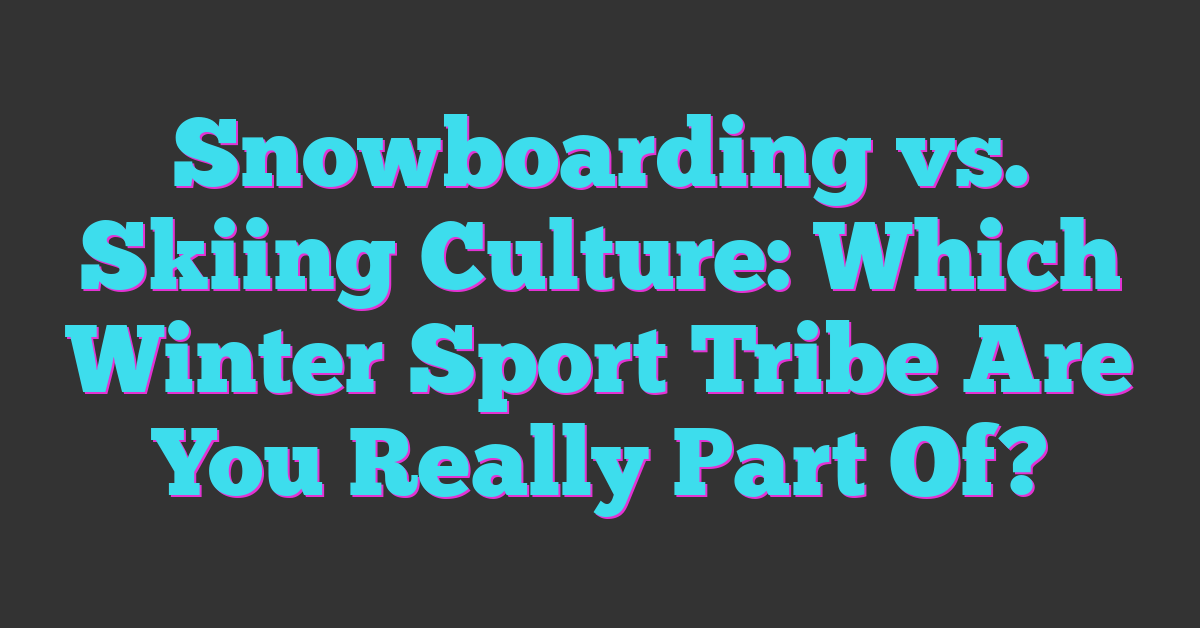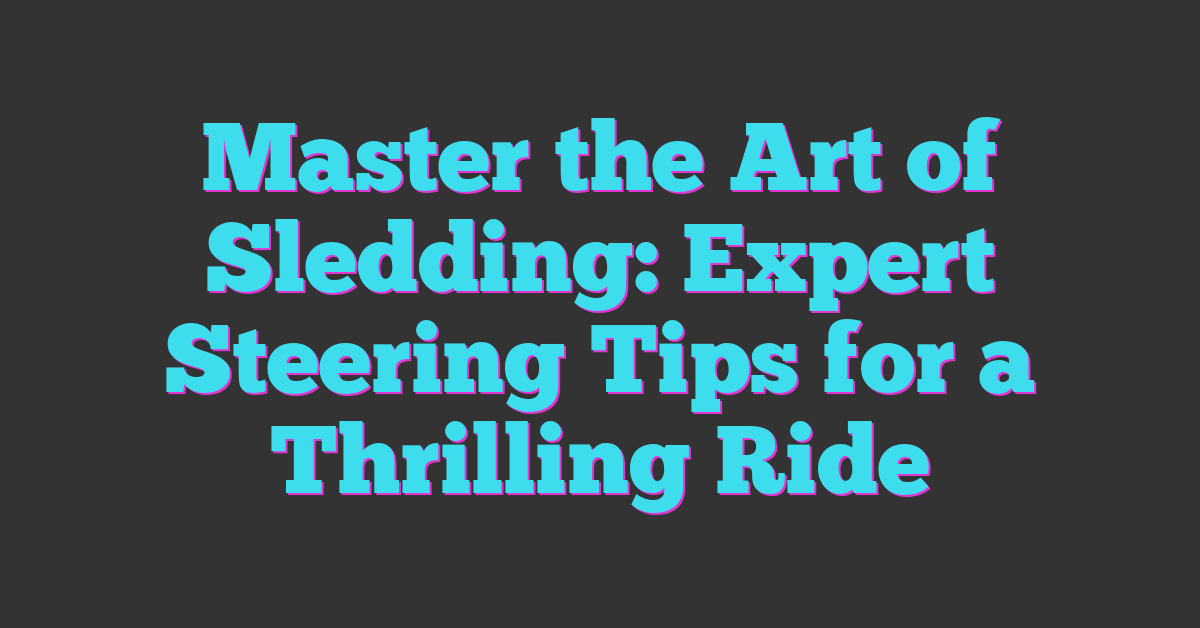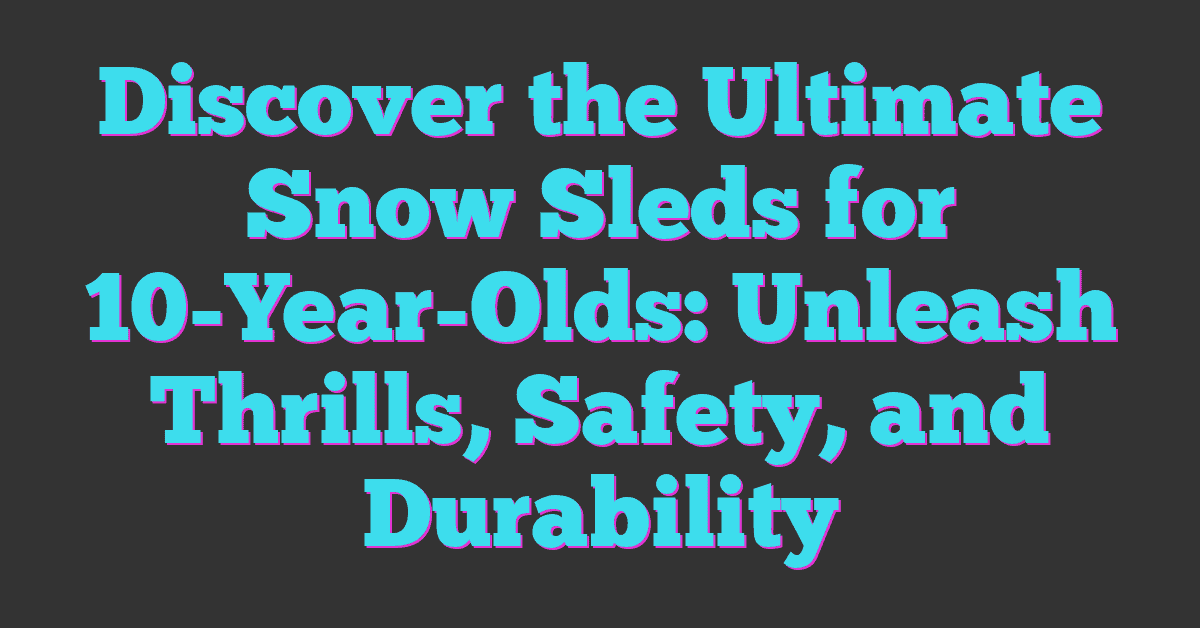If you’ve ever hit the slopes, you’ve probably noticed the distinct vibes between snowboarders and skiers. Both sports offer thrilling ways to enjoy the mountain but come with their own unique cultures that shape how people dress, interact, and even approach the sport.

Whether you’re a seasoned rider or just curious about what sets these two communities apart, understanding their differences can make your time on the snow even more fun. From style to attitude, the culture around snowboarding and skiing offers a fascinating glimpse into how people connect with winter sports in their own way.
Origins and Evolution of Snowboarding and Skiing
You know the thrill of hitting the slopes comes from rich histories behind both snowboarding and skiing. Understanding their origins and growth enriches your connection to these sports.
Historical Background
Skiing dates back over 5,000 years, with early evidence found in Scandinavia and Russia where people used skis for transportation and hunting. Modern skiing split into two main styles: Alpine (downhill) and Nordic (cross-country). Alpine skiing became popular in the early 20th century as resorts developed. By contrast, snowboarding emerged more recently in the 1960s and 1970s. It started as an alternative to skiing, inspired by surfing and skateboarding, appealing to those who wanted a freer, more rebellious style on the snow.
Growth in Popularity Over the Years
Skiing has maintained steady growth due to established resorts and global competitions, with millions enjoying the sport each winter season. Snowboarding skyrocketed in the 1990s after being included in the 1998 Winter Olympics. Its appeal to younger generations boosted resort facilities to add terrain parks and halfpipes. Today, millions worldwide ride snowboard or skis, and you see hybrid resorts catering to both cultures, showing the blend of two distinct legacies.
Differences in Lifestyle and Community
Snowboarding and skiing cultures shape distinct lifestyles and communities on the mountain. You find unique expressions of identity in how people dress, interact, and embrace the snow.
Attire and Style
Snowboarders often lean into loose, baggy clothing designed for freedom and street-inspired flair. You’ll spot bright colors, oversized jackets, and retro patterns that reflect snowboarding’s roots in skate and surf culture. Helmets and goggles serve both safety and style, with brands pushing bold designs. By contrast, skiers typically wear more form-fitting gear that prioritizes aerodynamics and technical performance. You’ll notice sleek jackets and pants in subtle tones or classic patterns, paired with tailored helmets and streamlined goggles. Ski boots and bindings stay compact, reflecting skiing’s racing heritage. Both communities value layering for warmth, but snowboarders tend to focus more on comfort and creative self-expression, while skiers emphasize precision and efficiency.
Social Atmosphere and Vibes
Snowboarding culture fosters a relaxed, communal vibe that encourages creativity and playfulness. You often find groups hanging out at terrain parks, sharing tricks, and motivating each other. Its rebellious history influences a laid-back, inclusive spirit where newcomers feel welcome. Ski culture embodies a mix of tradition and camaraderie, often revolving around alpine clubs, race teams, and organized outings. If you attend ski events or lodge gatherings, you’ll experience a sense of shared passion that spans generations. Skiers and snowboarders both value connection and support on the slopes, but snowboarders tend to embrace informal, free-spirited interaction, while skiers gravitate toward structured groups with shared goals. Your experience on the mountain gains depth as you tap into these different energies and communities.
Competition and Events Culture
You’ll find that competition shapes the culture of snowboarding and skiing in distinctive ways. Each sport hosts unique events that showcase skill and style, influencing community values and media portrayal.
Popular Competitions in Snowboarding
You might recognize the Winter X Games as a premier event for snowboarders, famous for pushing the limits of freestyle tricks in slopestyle and big air disciplines. The Burton U.S. Open, one of the longest-running snowboarding competitions since 1982, features halfpipe and slopestyle contests with top pros. Snowboarding’s Olympic events, introduced in 1998, include halfpipe, slopestyle, snowboard cross, and big air, drawing global attention and inspiring riders worldwide.
| Event Name | Established | Key Disciplines | Cultural Impact |
|---|---|---|---|
| Winter X Games | 1997 | Slopestyle, Big Air, Halfpipe | Progression of freestyle techniques |
| Burton U.S. Open | 1982 | Halfpipe, Slopestyle | Traditional competitive platform |
| Winter Olympics | 1998 | Halfpipe, Slopestyle, Big Air | Global mainstream acceptance |
Notable Skiing Events
You’ll find iconic skiing competitions that emphasize speed, precision, and endurance. The FIS Alpine Ski World Cup stands out as the elite circuit for Alpine racers, featuring downhill, slalom, and giant slalom events. The Winter Olympics include Nordic and Alpine skiing disciplines, showcasing endurance events like cross-country and biathlon alongside the adrenaline-fueled downhill races. Skiing’s heritage also includes legendary events like the Holmenkollen Ski Festival, a historic Nordic competition dating back over a century.
| Event Name | Established | Key Disciplines | Cultural Impact |
|---|---|---|---|
| FIS Alpine World Cup | 1967 | Downhill, Slalom, Giant Slalom | Benchmark for professional ski racing |
| Winter Olympics | 1924 | Nordic, Alpine, Freestyle | Broadening skiing’s global presence |
| Holmenkollen Ski Festival | 1892 | Nordic skiing | Deep roots in skiing tradition and culture |
Influence on Culture and Media
You’ll notice snowboarding competitions highlight individuality and creativity, which fuels a culture around innovation, trick progression, and a laid-back lifestyle. Media coverage often features dynamic video content with stylized edits, streetwear influence, and athlete personalities. On the other hand, skiing competitions project precision and tradition, reflected in broadcast narratives focused on technique, national pride, and legacy athletes. Skiing’s media presence includes documentaries and historical coverage that appeal to fans fascinated by endurance and skill mastery.
These event-driven cultural distinctions shape how you experience snow sports media and community vibe on and off the slopes.
Equipment and Terrain Preferences
You notice clear differences in equipment and terrain choices when comparing snowboarding and skiing cultures. Each sport shapes gear preferences and the type of terrain you seek to conquer.
Snowboarding Gear and Terrain Parks
Snowboarders rely on a single wide board strapped to both feet, creating a unique riding stance and balance. You wear soft boots that offer flexibility and comfort, aiding your control on jumps and rails. Terrain parks serve as the playground for snowboarders, featuring jumps, halfpipes, rails, and boxes designed to showcase freestyle tricks. You favor these parks for the creativity they allow, adapting your riding style to suit the park’s design. Groomed slopes matter less in this culture compared to mixed or powder snow that lets you carve and float effortlessly. Snowboards often come in stances tailored to regular or goofy riders, enhancing your personal style on the snow.
Skiing Gear and Trail Types
Skiers engage with two separate skis attached to specialized boots with stiff cuffs that provide precise control and power transfer. You choose between Alpine skis for downhill speed and carving, or Nordic skis for cross-country endurance. Ski poles assist your rhythm and balance, a key element missing in snowboarding. Trail variety plays a big role for skiers: groomed runs focus on speed and technique, from beginner green circles to expert double black diamonds. Off-piste and backcountry terrain appeal if you’re chasing fresh powder and steep descents. Ski bindings prioritize safety release systems, offering peace of mind when tackling challenging terrain. Your gear’s design and trail selection underscore skiing’s emphasis on precision and exploration across diverse mountain landscapes.
Cultural Impact on Resorts and Tourism
Snowboarding and skiing have shaped the way resorts develop and cater to visitors. Your experience on the mountain changes depending on which culture influences the resort design and atmosphere.
Snowboarding Influence on Resort Design
Snowboarding culture drives resorts to prioritize terrain parks filled with jumps, rails, and halfpipes. You’ll notice resorts offering freestyle zones designed for creativity and tricks, encouraging playful exploration. Snowboarders appreciate flexible, varied features that push skill limits, so resorts invest in innovative park layouts. Lift lines often reflect a laid-back vibe, with music and social spaces nearby. Resorts embracing snowboarding culture attract younger crowds who thrive on camaraderie and urban-inspired styles. Seasonal events like slopestyle contests and film tours amplify this culture, making resorts vibrant hubs for creativity and progression.
Skiing Traditions at Ski Resorts
Ski resorts rooted in skiing culture focus on groomed trails, varied alpine runs, and extensive backcountry access. Your experience emphasizes precision and technique as resorts maintain classic runs for downhill, cross-country, and Nordic skiing. Traditional lodge atmospheres, fine dining, and après-ski options reflect the sport’s heritage. Skiers enjoy organized lessons, race events, and clubs that strengthen community bonds. Resorts often honor decades-old traditions through festivals and competitions that celebrate skiing’s long history. This cultural focus appeals to enthusiasts who seek mastery, exploration, and connection to winter sport roots.
Conclusion
Whether you find yourself drawn to the laid-back creativity of snowboarding or the precise tradition of skiing, both cultures offer something unique to your winter adventure. Embracing the differences can open up new ways to enjoy the mountain and connect with others who share your passion.
No matter which path you choose, the slopes are a place to challenge yourself, have fun, and be part of a vibrant community. So grab your gear and get out there—there’s a whole world of snow waiting for you.
















